Eureka! Testing Archimedes Principle with Real Gold
Ingredients
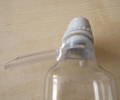 | A bottle with a tube set into the neck | 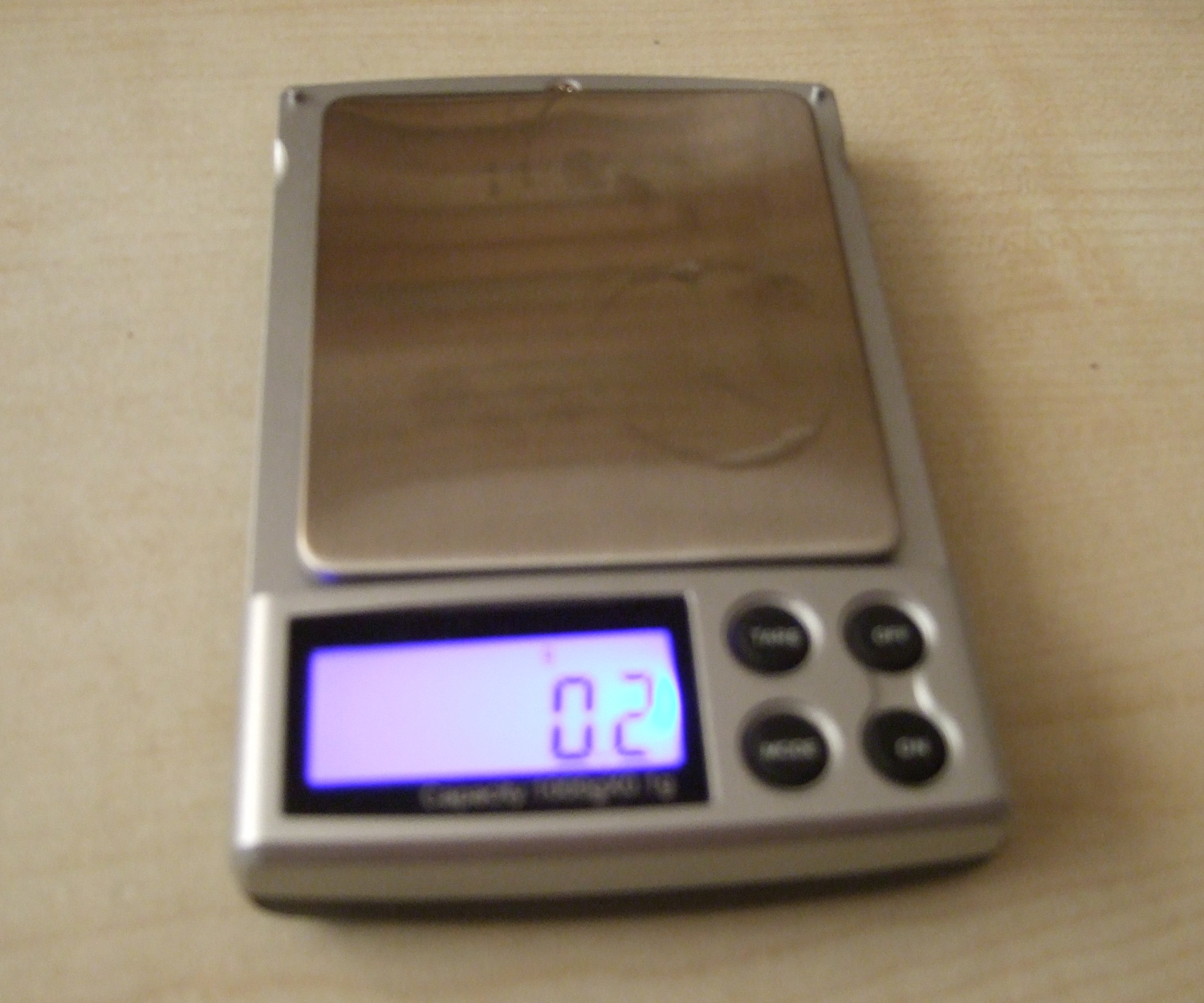 | Some accurate scales. |
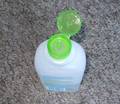 | Washing up liquid |
| A variety of different coins claiming to be gold. | ||
 |  |  |
If you don't have any friends who are so well endowed with gold, you could do the same experiment to compare 1 or 2p pieces which are older and younger than 1990.
Instructions
In the 3rd century BC the king Hiero II of Syracuse in Sicily had a problem, he had given a local goldsmith enough gold to make a beautiful crown for him, and the crown came back as gorgeous as promised and weighed the same as the gold he had been given. However Hiero didn't trust the goldsmith, he thought that the goldsmith may have swindled him by replacing some of the gold with much cheaper copper. Hiero decided to give the job of testing the crown to the famous mathematician Archimedes who also lived in Syracuse. We have tried to recreate his solution to this problem.
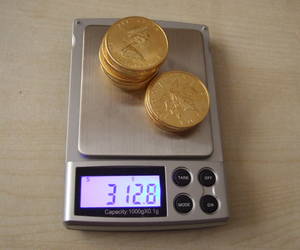 |
| Weighing gold coins |
Gold was the densest material that Archimedes knew of and it is still the 8th densest one that we know of now!
Density is the mass of a certain volume of material, so one ml of gold weighs 19.3g, but as a comparison one ml of water has a mass of about 1g. So all Archimedes had to do was measure the density of the crown and he would know if it was Gold.
Weighing the crown was easy, however finding the volume was another matter. If he could melt the crown down and turn it into a cube this would be trivial, but this wouldn't make the king very happy... how could he measure the volume of a complex shape like a crown?
The story goes that he was thinking about this when he was in the baths, and he noticed that when he climbed into the bath the water level rose, and some water would overflow. If the bath started off full, the volume of water that overflowed would be the same as his volume.
So he could measure the volume of the crown by putting it in a full jug of water and measuring how much water overflowed. He was apparently so impressed with this idea that he jumped out of the bath and ran through the streets of Syracuse entirely naked shouting "Eureka!" Making him the first Naked Scientist.
We did the same thing, (the experiment, not the streaking) using three types of apparently gold coins. We weighed the coins, and then measured their volumes by adding them to a bottle of water which overflowed into a cup on some weighing scales. From the weight of water that was displaced, and knowing that 1ml of water weighs 1g, we can work out the volume of the 'gold' that has been added.
If you use pure water for this job, the water's surface tension tends to hold the water in the bottle and let it out in large rushes. This would make the experiment less accurate, so we added washing up liquid to reduce the surface tension.
To find the coin's densities and therefore whether they were gold or not we just divided the mass of the coins by their volume.
Result
| coin | Mass | Volume | Density | |
 | Canadian $50 | 312.6 | 15.6 | 20.1 |
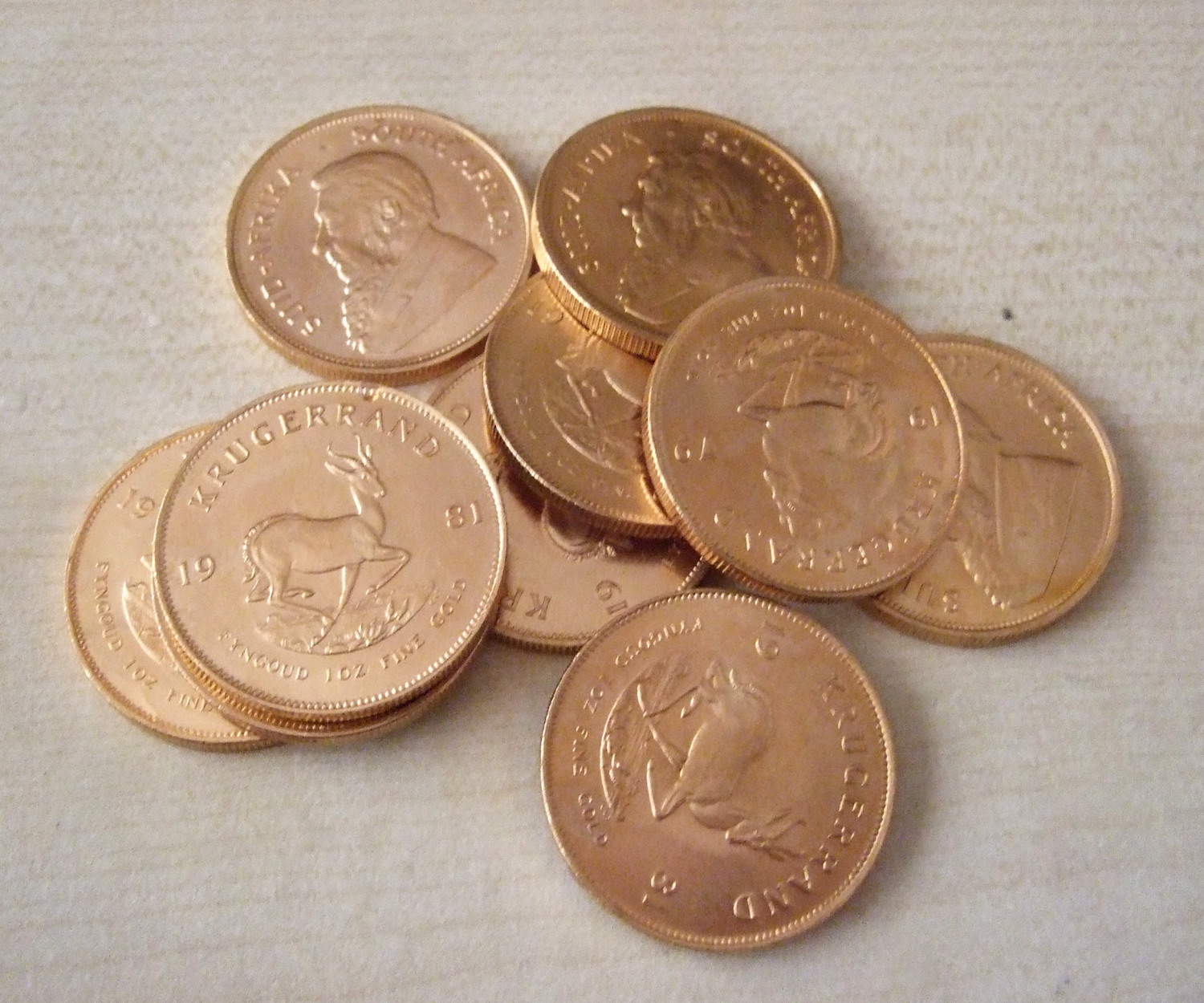 | South African | 340.6 | 17.9 | 19.13 |
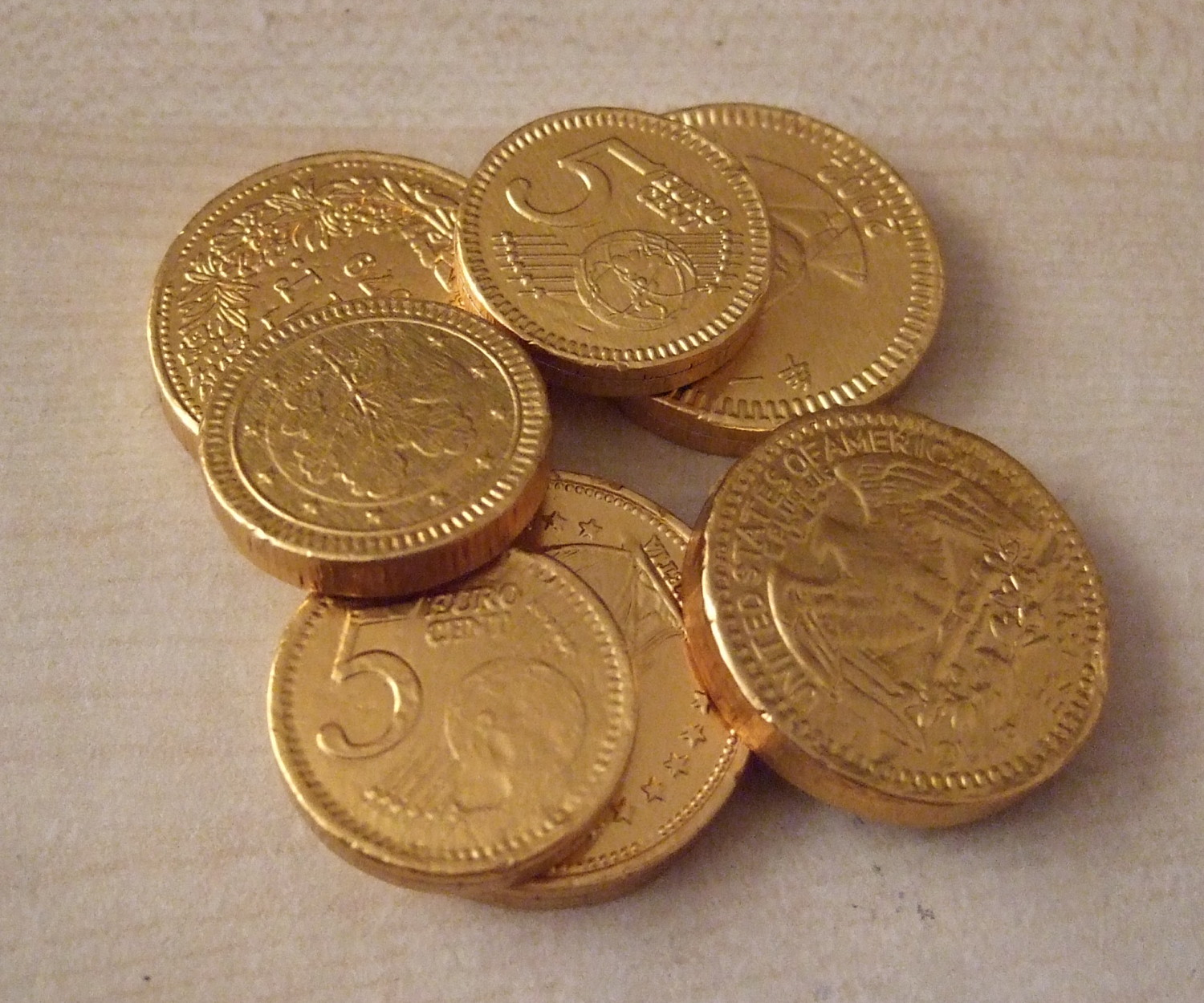 | Other | 18.6 | 13.6 | 1.35 |
Although our method seems to overestimate the density slightly it does show a difference between the Canadian $50 coins and the Kruegerrands (the South African coins).
This is because copper is added to the Kruegerrands to make the metal harder
and more resistant to damage. As copper is about half as dense as gold, the overall density is reduced.
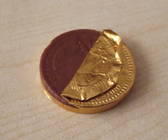
The third set of coins had a density far too low to be gold, in fact, it is much nearer that of chocolate, which may be why they were so tasty...
Why is there a difference between copper coins before and after 1992?
Around this point the royal mint noticed that the price of copper was increasing rapidly and it was costing them much more than 1p to make a 1p coin. More recently the copper in a 1p coin became worth more as scrap copper than as a 1p to spend! It was a bit silly that the royal mint was making a loss when literally making money, so they decided to make the core of the coins out of steel.
As banks measure an amount of pennies by weighing great big bags of them, the total weight of the new coins needed to be the same as the old ones. The coins with a steel core are less dense than than the older coins, and so need to have a larger volume in order to have the same mass. So a modern coin will be slightly thicker than an older one.
- Previous Flour Volcano
- Next Psychedelic Milk










Comments
Add a comment